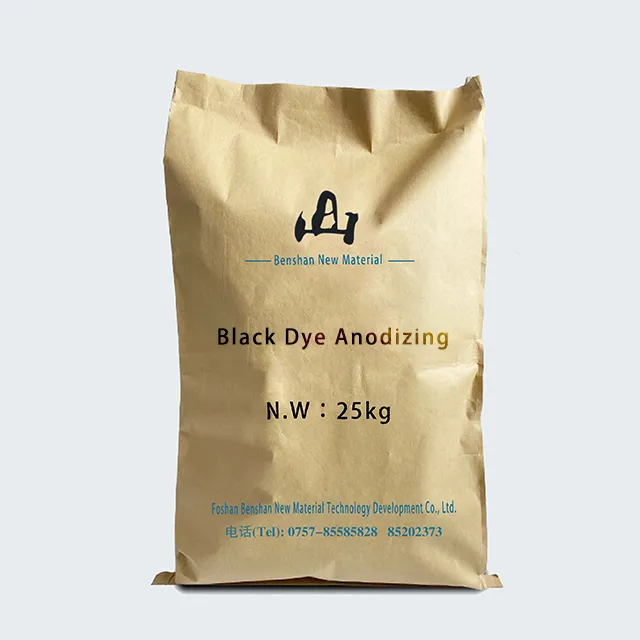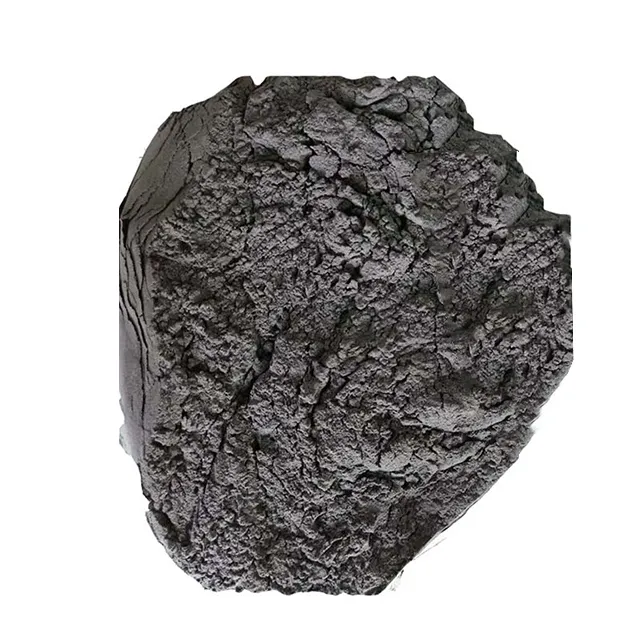
What are the key factors in the selection of aluminum anodizing dye?
2024-06-28 15:30
In the production process of aluminum products, anodizing dye is one of the key elements that give products color and beauty. However, choosing the right anodized dye is not a simple task and involves the comprehensive consideration of multiple key factors.
This article will explore the key factors in the selection of aluminum anodizing dye to help consumers and the industry better understand the process.
1. Color stability
The color stability of anodizing dye is one of the first considerations in the selection. Products need to have long-lasting color brightness to ensure that they will not fade or change color during long-term use. Therefore, it is crucial to choose anodizing dye with high color stability.

2. Light resistance
The light resistance of anodized dye is an important indicator for its long-term use in outdoor environments. The dye needs to be able to resist the erosion of natural environmental factors such as ultraviolet rays, sunlight, wind and rain, and maintain the stability of color and appearance.
3. Corrosion resistance
Aluminum products are often used in outdoor environments or corrosive places, so anodizing dye powder needs to have excellent corrosion resistance. Choosing a dye with good corrosion resistance can extend the service life of the product and reduce maintenance costs.
4. Chemical stability
The chemical stability of dyes directly affects their performance during anodizing treatment. Dyes need to have good solubility and stability to ensure uniform penetration and coloring effects.
5. Environmental protection
With the increase of environmental awareness, consumers and industries have higher and higher requirements for the environmental performance of anodizing dyes. Selecting dyes that meet environmental standards, such as low volatility, low toxicity, and no heavy metals, can help reduce pollution to the environment and impact on human health.

6. Cost-effectiveness
Cost-effectiveness is one of the important factors to consider when selecting anodizing dye powder. Consumers and industries need to try to choose dyes with reasonable prices and excellent performance while ensuring product quality to achieve economic benefits.
7. Production process requirements
Different production processes may have different requirements for the selection of dyes. For example, some anodizing dye powders may require specific temperatures, concentrations, or processing times to achieve the best results, so it is necessary to select appropriate dyes based on actual production conditions.
8. Supplier reputation
Choosing a reliable anodizing dye supplier is the key to ensuring product quality and stability. Consumers and industries should choose suppliers with good reputation and rich experience to ensure high-quality products and professional technical support.
9. Industry standards
Industry standards also play a guiding role in the selection and application of anodizing dyes. Consumers and industries can refer to industry standards and specifications to understand the performance requirements and test methods of dyes for better selection and evaluation.
10. Technical support and after-sales service
When selecting suppliers, consumers and industries also need to consider the technical support and after-sales service they provide. Excellent technical support teams and timely after-sales service can help solve problems in the production process and improve product quality and production efficiency.
Conclusion
The selection of anodized dye involves comprehensive consideration of multiple key factors, including color stability, light resistance, corrosion resistance, chemical stability, environmental protection, cost-effectiveness, production process requirements, supplier reputation, industry standards, and technical support and after-sales service.
When choosing anodized dyes, consumers and industries should consider the above factors comprehensively and make appropriate choices based on actual needs and conditions to ensure the improvement of product quality and production efficiency.








